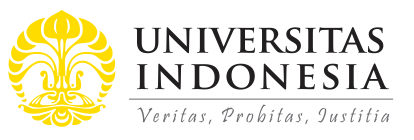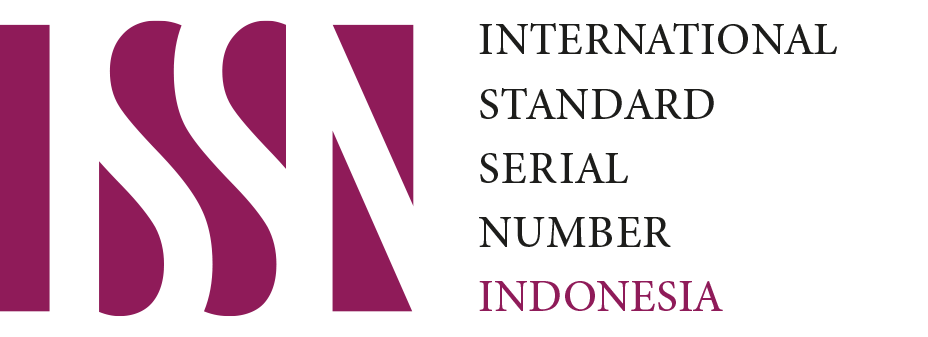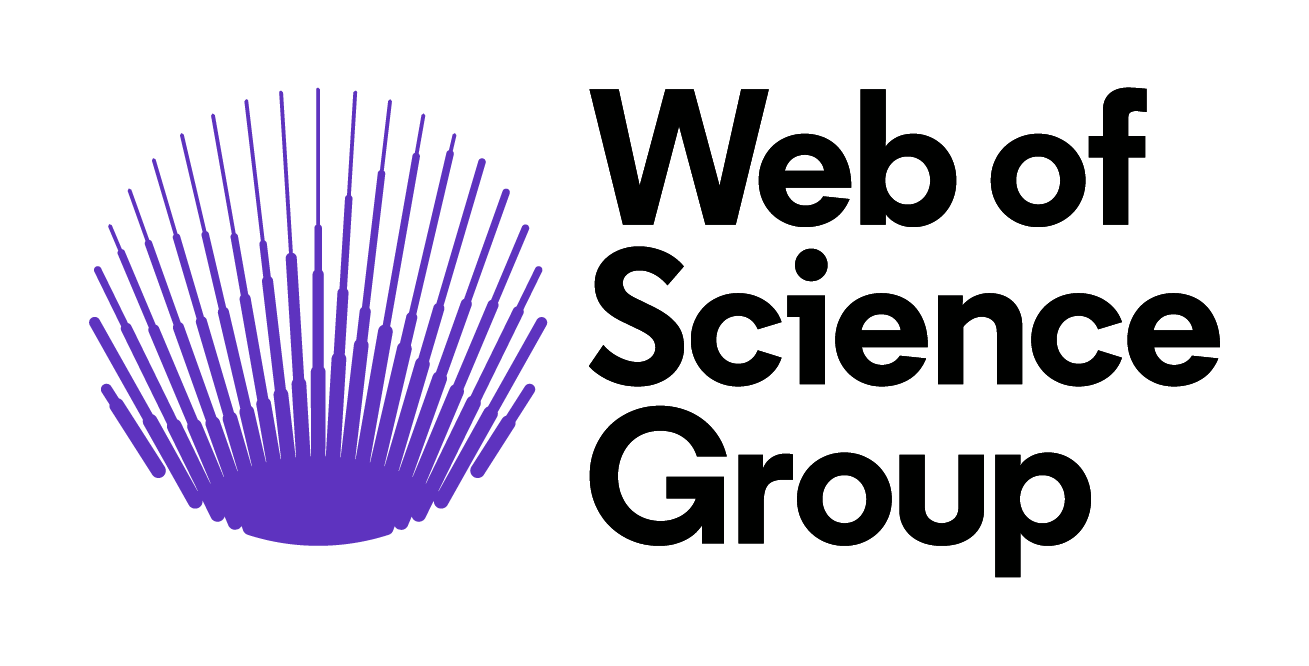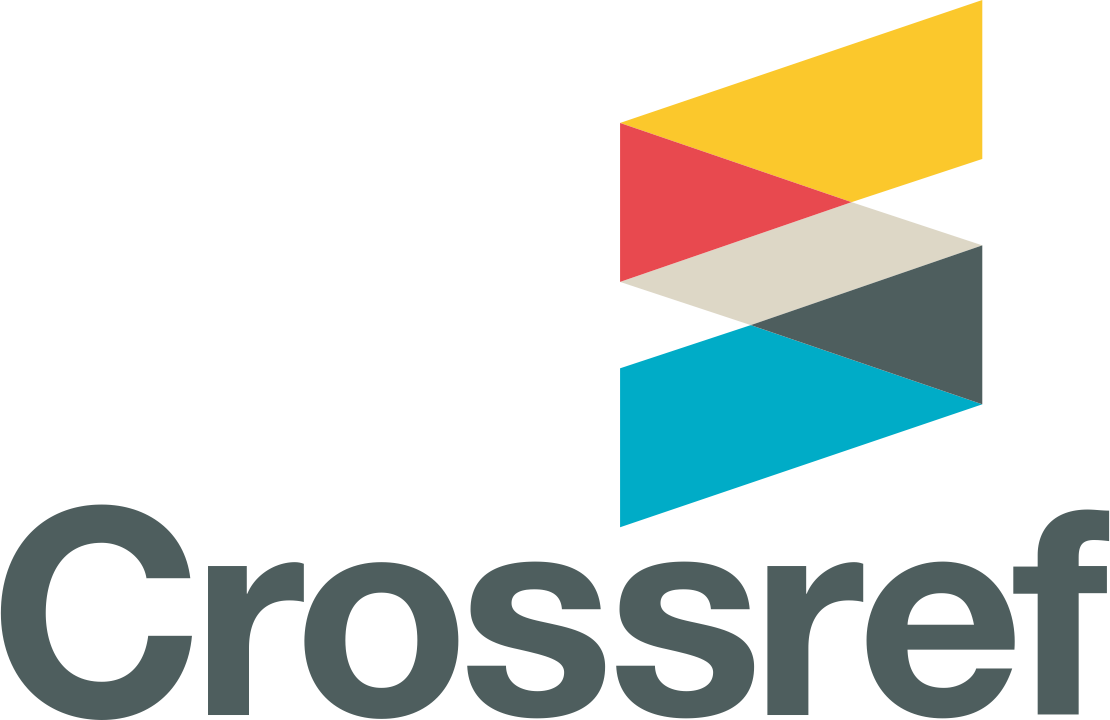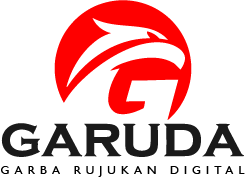Abstract
This paper applies the maximum likelihood (ML) approaches to implementing the structural model of corporate bond, as suggested by Li and Wong (2008), in Indonesian corporations. Two structural models, extended Merton and Longstaff & Schwartz (LS) models, are used in determining these prices, yields, yield spreads and probabilities of default. ML estimation is used to determine the volatility of irm value. Since irm value is unobserved variable, Duan (1994) suggested that the irst step of ML estimation is to derive the likelihood function for equity as the option on the irm value. The second step is to ind parameters such as the drift and volatility of irm value, that maximizing this function. The irm value itself is extracted by equating the pricing formula to the observed equity prices. Equity, total liabilities, bond prices data and the irm's parameters (irm value, volatility of irm value, and default barrier) are substituted to extended Merton and LS bond pricing formula in order to valuate the corporate bond.These models are implemented to a sample of 24 bond prices in Indonesian corporation during period of 2001-2005, based on criteria of Eom, Helwege and Huang (2004). The equity and bond prices data were obtained from Indonesia Stock Exchange for irms that issued equity and provided regular inancial statement within this period. The result shows that both models, in average, underestimate the bond prices and overestimate the yields and yield spread.
Recommended Citation
Suardi, Lenny and Syamsudin, M.
(2010)
"Estimating Structural Models of Corporate Bond Prices in Indonesian Corporations,"
Indonesian Capital Market Review: Vol. 2:
No.
2, Article 3.
DOI: 10.21002/icmr.v2i2.3662
Available at:
https://scholarhub.ui.ac.id/icmr/vol2/iss2/3


